Wood Countertop Failure -- DIY top hope?
raymondtwp
12 years ago
Related Stories
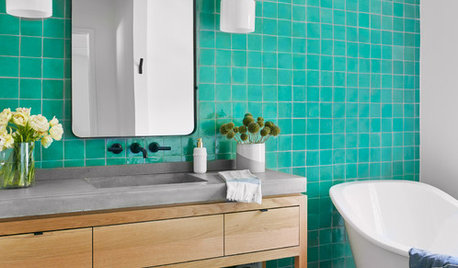
BATHROOM DESIGNBathroom Countertops 101: The Top Surface Materials
Explore the pros and cons of 7 popular bathroom countertop materials
Full Story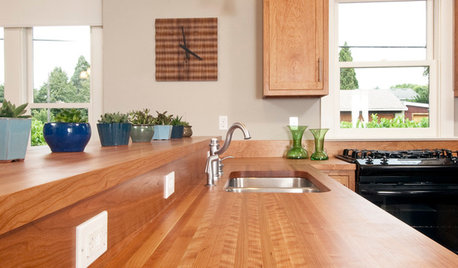
KITCHEN DESIGNWonderful Wood Countertops for Kitchen and Bath
Yes, you can enjoy beautifully warm wood counters near water sans worry (almost), with the right type of wood and sealer
Full Story
MOST POPULARYour Guide to 15 Popular Kitchen Countertop Materials
Get details and costs on top counter materials to help you narrow down the choices for your kitchen
Full Story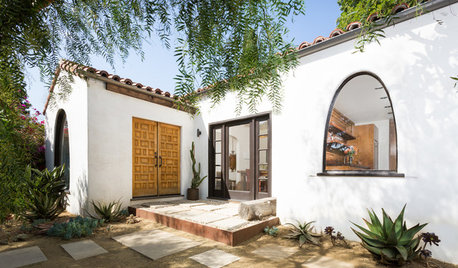
BEFORE AND AFTERSHouzz TV: See Recycled Walls and Cool Cassette Art in a Woodsy DIY Home
Walnut countertops join hardwood floors and pieces made from leftover framing in a bright Spanish colonial
Full Story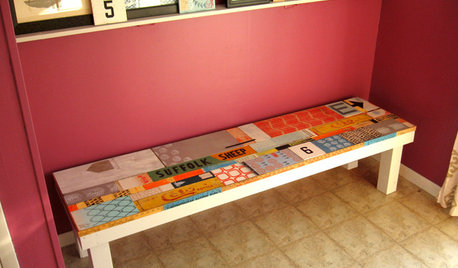
WOODWORKINGDIY Project: Artful Scrap-Wood Bench
Salvage signs, block-printed wood and a secret compartment turn a handmade bench into an interactive work of art
Full Story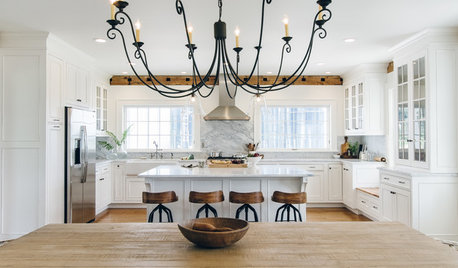
WHITE KITCHENS4 Dreamy White-and-Wood Kitchens to Learn From
White too bright in your kitchen? Introduce wood beams, countertops, furniture and more
Full Story
MODERN ARCHITECTUREHouzz Tour: Platinum-Rating Hopes for a Sterling Modern Home
Efficiency takes an artful form in a minimalist San Francisco home furnished with iconic and custom pieces
Full Story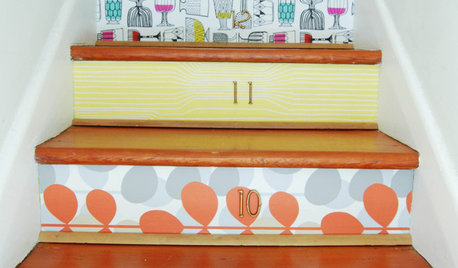
DIY PROJECTS20 Wonderfully Inventive DIY Projects by Houzzers
You'll never look at a wood scrap or empty jar the same way again. Borrow these ideas or just let them inspire your own project
Full Story
DECORATING GUIDESHere's How to Steer Clear of 10 Top Design Don'ts
Get interiors that look professionally styled even if you're taking the DIY route, by avoiding these common mistakes
Full Story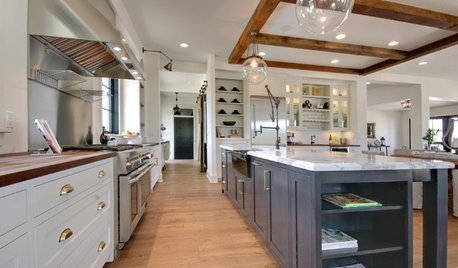
KITCHEN COUNTERTOPS10 Countertop Mashups for the Kitchen
Contrast or complement textures, tones and more by using a mix of materials for countertops and island tops
Full StoryMore Discussions









User
Jon1270
Related Professionals
Casas Adobes Cabinets & Cabinetry · Beaumont Cabinets & Cabinetry · Coconut Grove Carpenters · Daly City Carpenters · Pickerington Carpenters · Woodbury Carpenters · Sunset Carpenters · Apple Valley Flooring Contractors · Cartersville Flooring Contractors · Fort Myers Flooring Contractors · Milford Flooring Contractors · Hastings Furniture & Accessories · Memphis Furniture & Accessories · Rome Furniture & Accessories · La Mirada Furniture & Accessoriessombreuil_mongrel
DiaGina
User
bobismyuncle
Jon1270
Jon1270
terrybull